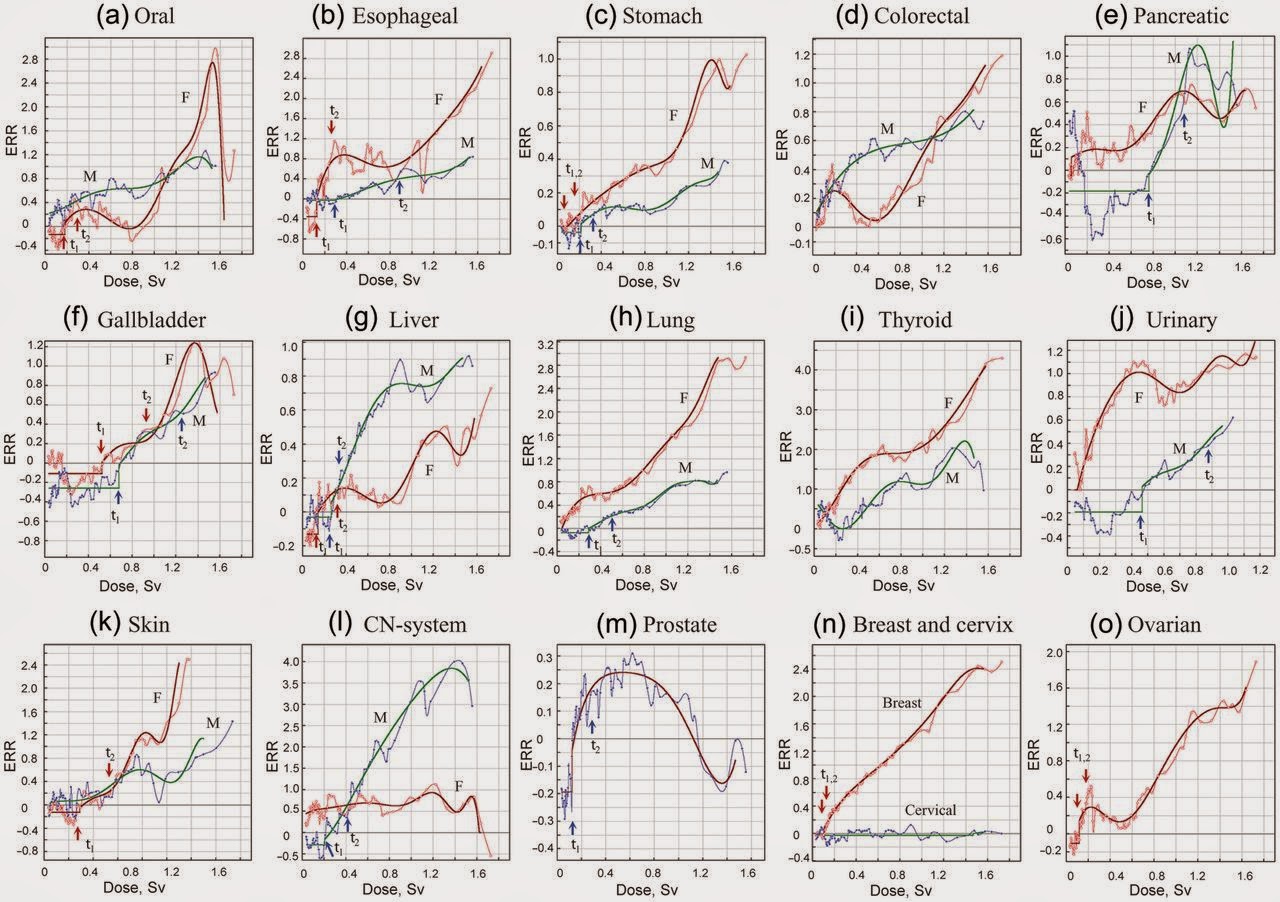Carbon Nanostructure Stronger than Diamond By Strength to Density
Researchers have architecturally designed plate-nanolattices – nanometer-sized carbon structures – that are stronger than diamonds as a ratio of strength to density. The team’s design has been shown to improve on the average performance of cylindrical beam-based architectures by up to 639 percent in strength and 522 percent in rigidity. They designed and fabricating the …









